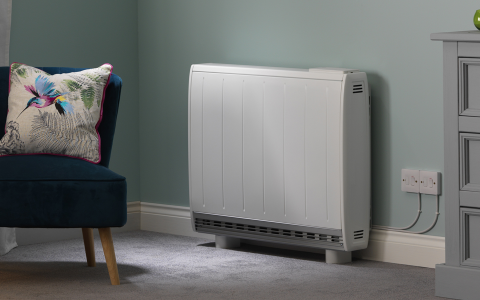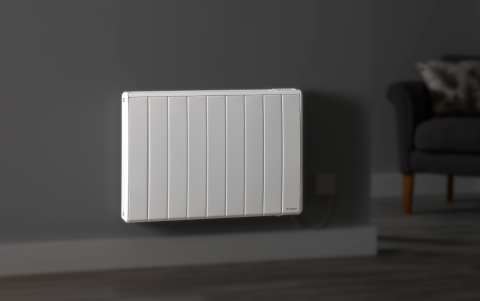
Britain’s Fuel Poverty Crisis: Part one

Of course, there are other factors at play. Insulation, glazing, building fabric, even the quality of installation will all affect the cost to heat a property. However, incorrect, inefficient or inadequate heating systems remain the biggest cause of financial concern in fuel poor households. This is particularly evident in electrically heated homes, but the good news is there are viable, proven responses that can help.
Clearly there is no single fix to the UK’s fuel poverty epidemic, but this blog series will highlight the most common issues faced by electrically heated homes in relation to their heating system. It will also present some of the existing technologies that could help lift almost 500,000 electrically heated households out of fuel poverty. In doing so, we put forward proven solutions that can help close a combined fuel poverty gap of around £160 million in England and Scotland, with demonstrable examples.
Off-peak electric heating has a major role to play in reducing UK fuel poverty. It is time to exploit the opportunities.
So what is fuel poverty?
Fuel poverty in England is measured using the Low Income High Costs indicator, which considers a household to be fuel poor if:
• They have required fuel costs that are above average (the national median level)
• Were they to spend that amount, they would be left with a residual income below the official poverty line

In Scotland, a household is in fuel poverty if, in order to maintain a satisfactory heating regime, it would be required to spend more than 10% of its income (including Housing Benefit or Income Support for Mortgage Interest) on all household fuel use.
Fuel poverty isn’t purely a problem with gas centrally heated homes. Next week we will explore the fuel poverty in regards to electric heating and the steps we can take to fix it…











